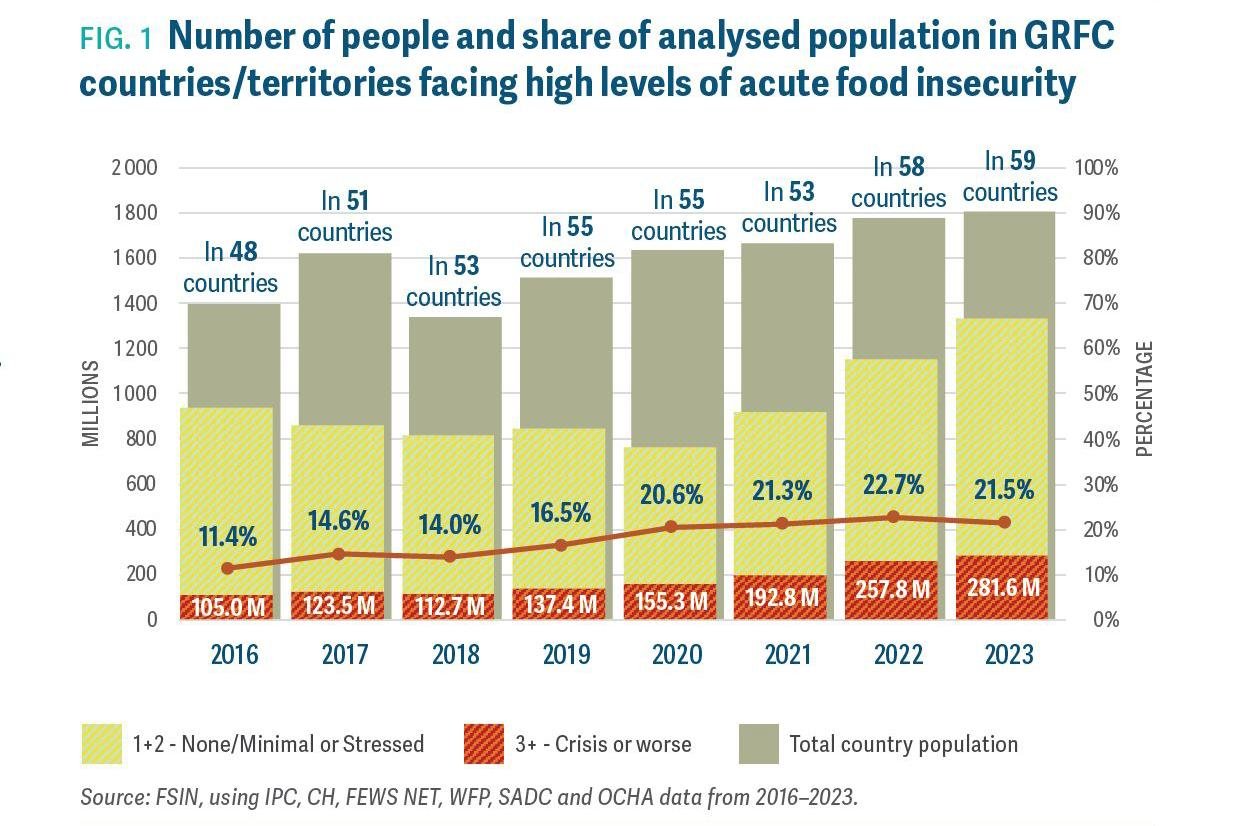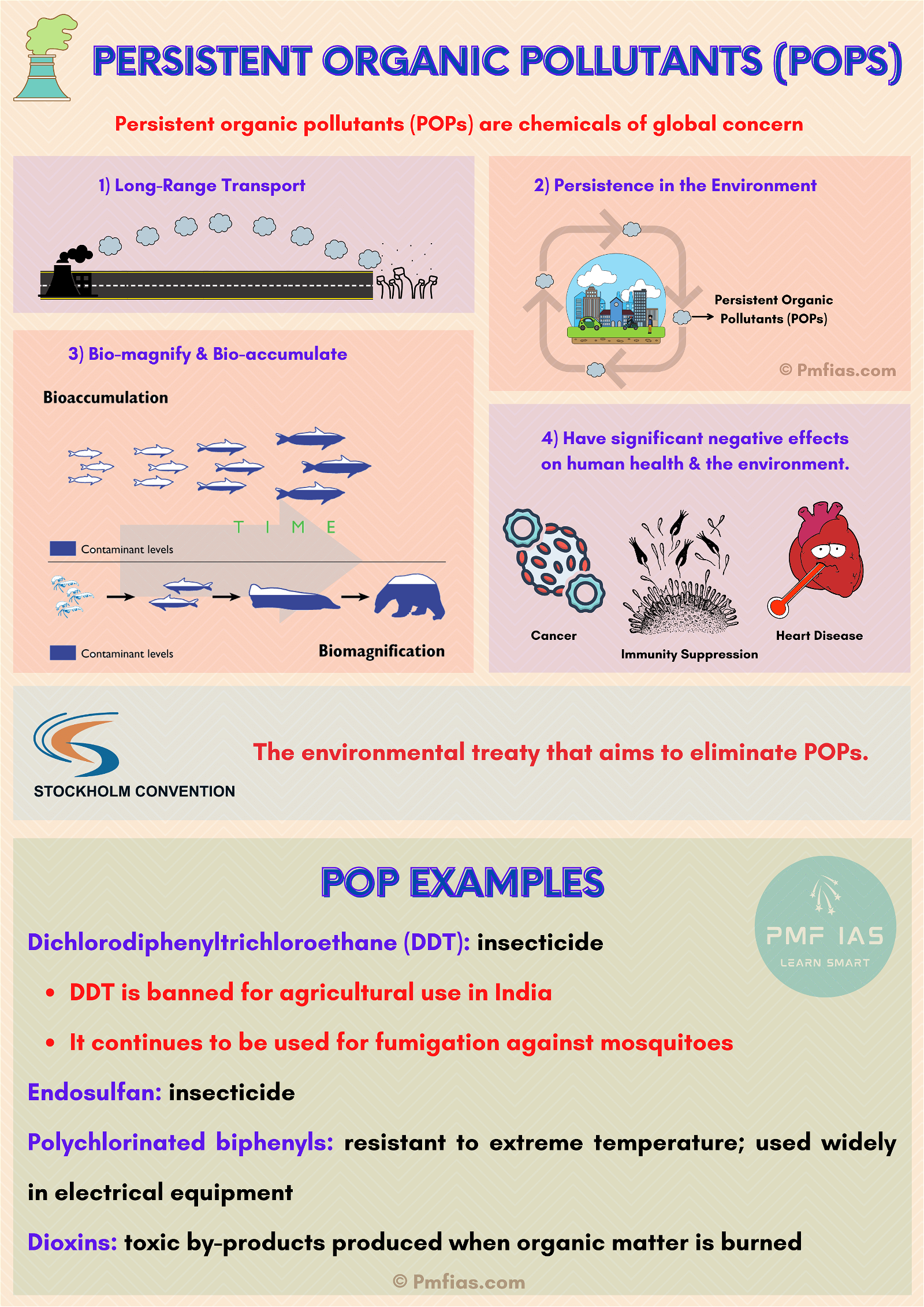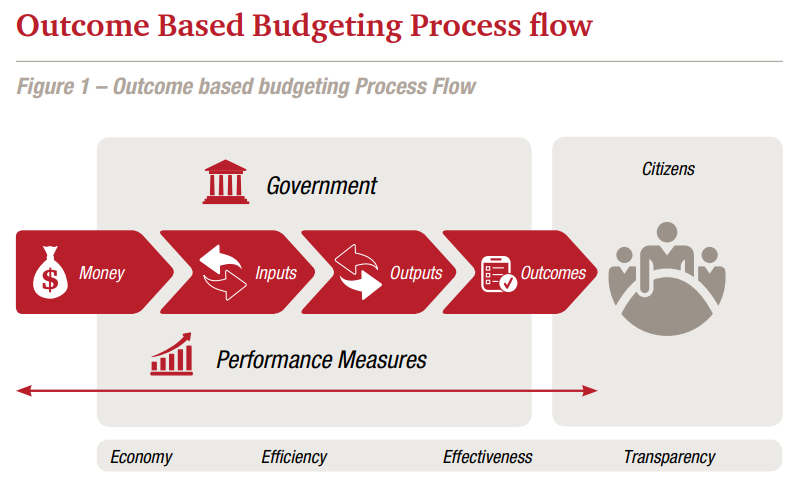
Global Report on Food Crises (GRFC)
Subscribers of "Current Affairs" course can Download Daily Current Affairs in PDF/DOC
Subscribe to Never Miss an Important Update! Assured Discounts on New Products!
Must Join PMF IAS Telegram Channel & PMF IAS History Telegram Channel
- Context (DTE | HT): According to the latest Global Report on Food Crises (GRFC), nearly 282 million people in 59 countries and territories experienced high levels of acute hunger in 2023.
About Global Report on Food Crises (GRFC)
- The Global Report on Food Crises (GRFC) is produced annually by the Food Security Information Network (FSIN) and launched by the Global Network Against Food Crises (GNAFC) – a multistakeholder initiative that includes UN organisations, EU, United States Agency for International Development, and non-governmental agencies working together to tackle food crises.
Key Findings
- Children and women are at the forefront of these hunger crises, with over 36 million children under 5 years of age acutely malnourished across 32 countries.
- Acute malnutrition worsened in 2023, particularly among people displaced because of conflict and disasters.
- There has also been an increase of 1 million people facing Emergency (IPC/CH Phase 4) levels of acute food insecurity across 39 countries and territories, with the biggest increase in Sudan.
- In 2023, more than 705,000 people were at the Catastrophe (IPC/CH Phase 5) level of food insecurity and at risk of starvation – the highest number in GRFC’s reporting history and up fourfold since 2016.

- The current situation in the Gaza Strip accounts for 80 percent of those facing imminent famine, along with South Sudan, Burkina Faso, Somalia and Mali.
- Meanwhile, food security improved in 17 countries with comparable data between 2022 and 2023, resulting in 7.2 million fewer people facing high levels of acute food insecurity.
Key drivers of the Food crisis
- Conflict, affecting 20 countries with nearly 135 million people in acute food insecurity – almost half of the global number.
- Sudan faced the largest deterioration due to conflict, with 8.6 million more people facing high levels of acute food insecurity as compared with 2022.
- Extreme weather events were the primary drivers in 18 countries where over 77 million people faced high levels of acute food insecurity, up from 12 countries with 57 million people in 2022.
- In 2023, world experienced its hottest year on record and climate related shocks impacted populations, with episodes of severe floods, storms, droughts, wildfires, and pest and disease outbreaks.
- Economic shocks primarily affected 21 countries, where around 75 million people were facing high levels of acute food insecurity due to high dependency on imported food and agricultural inputs and persisting macroeconomic challenges, including currency depreciation, high prices, and high debt levels.




![PMF IAS Environment for UPSC 2022-23 [paperback] PMF IAS [Nov 30, 2021]…](https://pmfias.b-cdn.net/wp-content/uploads/2024/04/pmfiasenvironmentforupsc2022-23paperbackpmfiasnov302021.jpg)











